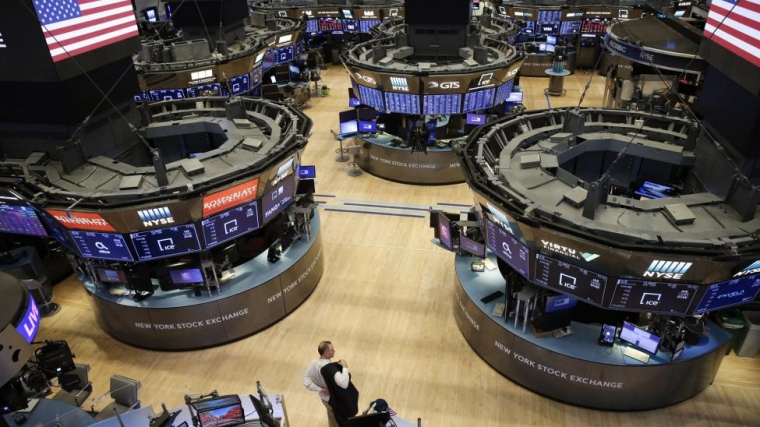
There has been no fresh news to derail the bull run in equity markets or the selling pressure in the USD. The NZD and AUD have pushed on higher, while JPY has reversed a lot of last week’s losses. After last week’s big bond market sell-off, global rates have edged lower.
It has been a fairly sleepy start to the new week with not much news to report. The equity market continues to defy the bears, with the S&P500 index up 0.8%, extending the bull market rally and another half a percent or so would see the index in positive territory for the year. Hedge fund manager Stan Druckenmiller, who in May said that the risk-reward calculation for equities was the worst he had seen in his career, admitted that he was “far too cautious”.
Optimism for risk assets continues to reflect the largely positive trends in infection rates for COVID-19, at least in the major developed economies, and the ongoing easing in restrictions. The number of new cases in New York rose by only 1.2% on Sunday, the lowest since the pandemic began three months ago, while New York City began a reopening phase. The UK death toll rose by 55 and there were no deaths reported in London, both figures the lowest since the March lockdown.
With no new cases for over two weeks and NZ’s last active case of COVID-19 recovered, the country officially became free of the virus. This coincided with PM Arden’s announcement that NZ would move to alert level 1 from today, meaning no restrictions remaining apart from inbound visitor arrivals. This paves the way for further recovery of the NZ economy, and at a faster pace than anyone expected or dreamed of a month ago. At the margin, a stronger rebound reduces the pressure for monetary and fiscal policy to support growth. The NZX50 index rose by 3.2% yesterday, taking the index back into positive territory for the year.
In economic news, Germany industrial production showed a record fall in April of 17.9% m/m but this is now considered old news and the easing of restrictions paves the way for recovery. Car sales in China rose for the first time in 11 months in May, helped by government stimulus measures such as tax rebates.
Oil prices are over 3% weaker after Saudi Arabia said that it would end its voluntary oil production cut (an additional near-1 million barrels per day) at the end of June, given that they had “served their purpose”. This followed the weekend announcement that the agreed OPEC+ production cuts would be extended a little longer rather than be tapered. Market sentiment also wasn’t helped by extra production from Libya coming on stream after a major oil field was reopened following a 5-month shutdown due to the country’s civil war.
After last week’s big bond market selloff, the US 10-year Treasury rate has fallen 2bps to 0.88%. The market is likely to show further signs of consolidation ahead of the next FOMC meeting on Thursday morning, NZ time. NZ government and swap rates rose by up to 4bps yesterday, following the move higher in US rates at the end of last week. Even with an upgraded assessment of NZ’s economic outlook, the large negative output gap means that monetary policy will remain super-easy for some time, underpinning rates at the short end of the curve, while ongoing QE will continue to restrain upward pressure towards the longer end of the curve.
In currency markets, the USD remains under pressure, with the key indices down in the order of 0.4-0.6%. In overnight trading, JPY and CHF are at the top of the leaderboard with the yen about 1% stronger, suggesting that the currency moves don’t reflect a classic risk-on view – independent USD weakness is clear. From Friday’s close, EUR is up a touch to 1.1305 while GBP is up 0.4% to 1.2725.
The NZD has pushed up to a 5-month high, breaking up through 0.6560 and apart from retreating against JPY after a strong run, it is higher on the rest of the crosses, the market likely encouraged by its COVID19-free status. AUD is back up through 0.70, while NZD/AUD is now at 0.9350. NZD/EUR broke through 0.58, its highest level in more than 3 months, while NZD/GBP is at a new high for the year of 0.5160. Our models suggest that while much of the recent NZD strength can be justified by the improving fundamentals, the currency now does look a little over-bought in the short term and further strength from here would be seen as unwelcome by the RBNZ.
In the day ahead, the ANZ’s truckometer and business outlook survey are expected to show positive trends, reflecting the reopening of the economy.

We welcome your comments below. If you are not already registered, please register to comment
Remember we welcome robust, respectful and insightful debate. We don't welcome abusive or defamatory comments and will de-register those repeatedly making such comments. Our current comment policy is here.